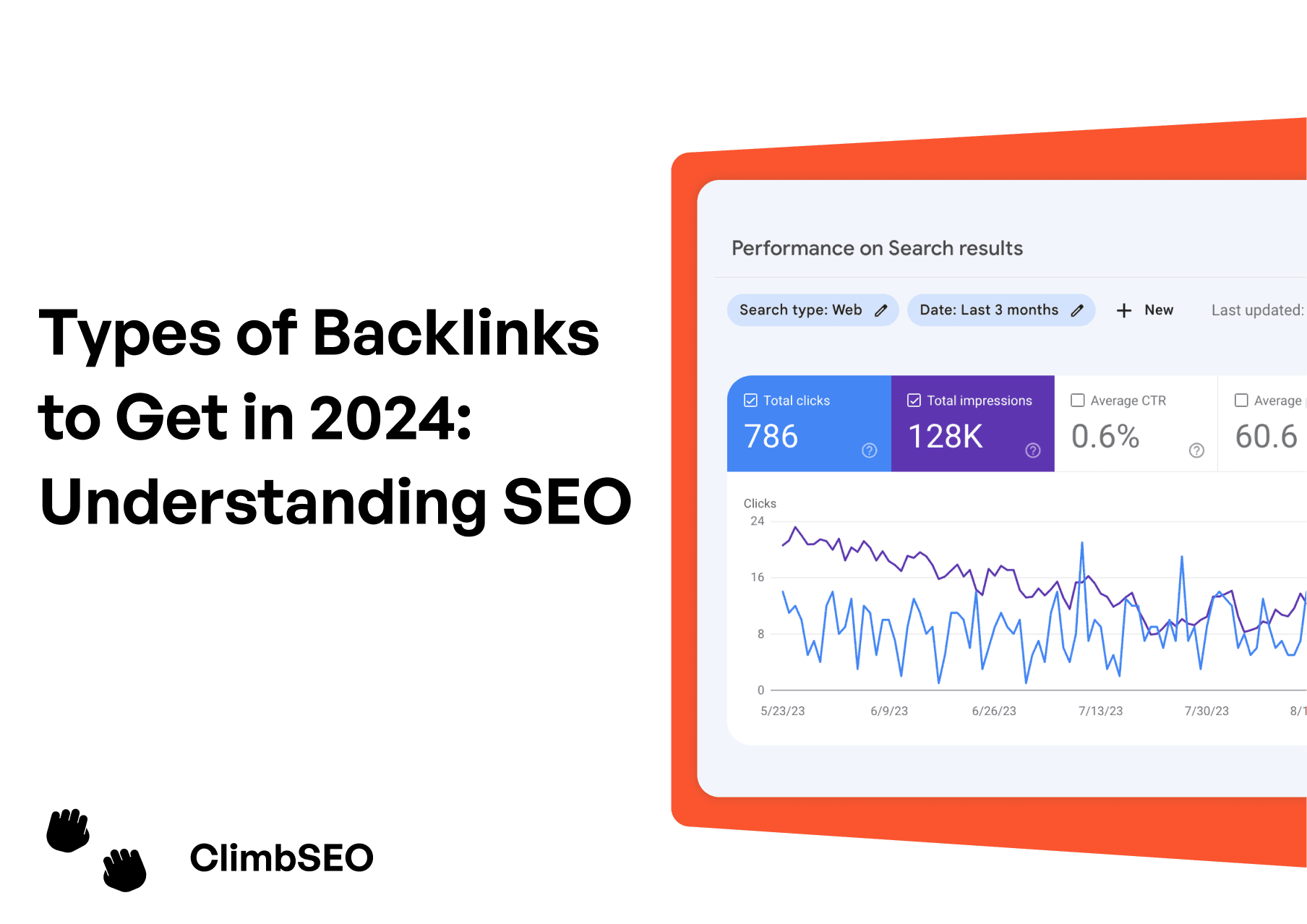Apr 23, 2024
What is an HTML Header: How to optimise it
A well-crafted header tag enhances readability and navigation, improving the overall user experience and consequently benefiting your SEO.

Finley Cope
About an HTML Header Tag
Traditional on-page SEO remains crucial in today's digital realm. On-page SEO involves refining both the front-end and back-end elements of your website to enhance its visibility on search engines and drive fresh traffic. Mere creation and publication of your website won't be enough; it must be tailored for Google's algorithms to secure a higher ranking and draw in new visitors. Termed as on-page SEO, this process involves making adjustments and enhancements that are visible to visitors browsing your website. Off-page and technical elements might not be visible, but every aspect of on-page SEO is under your control. That's why doing it right is crucial. On-page SEO matters for search engines and people. It helps search engines grasp your website and its content better. Google, especially, prioritises relevance to understand what users are looking for and deliver fitting results.
Google's report on "how search works" states:

You have to be careful with your keywords. Even though it might seem like a good idea to use a bunch of keywords in your content to cover a lot of searches, it won't help you rank better. What you should focus on is creating content that actually helps people with their questions. Aim to optimise a page for just one keyword or phrase.
This guide will walk you through the fundamentals of optimising your content for search engines. It forms the cornerstone of crafting content that's search engine-friendly. Keep in mind, there are numerous other aspects of on-page SEO to explore too.
In this guide, we’re going to cover these on-page SEO elements:
Html header tag
Title tags
External links
What is an HTML Header
Back in the early days of search engines, heading tags directly influenced rankings. Nowadays, headings don't have a direct impact on SEO, but they offer indirect advantages. A well-crafted header tag enhances readability and navigation, improving the overall user experience and consequently benefiting your SEO. If your page lacks structure and visitors struggle to find what they're seeking, they're likely to exit and seek answers elsewhere. This raises your bounce rate, which search engines take note of. As with most SEO practices, prioritise your users. Use an html header tag to organise your content, succinctly describing each section to help visitors locate information quickly and easily.

First, remember that you're restricted to using one H1 header tag per page, which typically serves as the title of your page, akin to the title of a book. While some CMS platforms may automatically assign this, it's wise to double-check that your page heading is indeed marked as an H1. As you progress through your content, employ H2 or H3 headings to structure various sections. Heading tags are hierarchical, signifying their importance on the page; an H1 holds more weight than an H2, which, in turn, is more significant than an H3, and so forth. Search engine crawlers rely on these tags to navigate through your content, so ensure your section headings adhere to this structure. While it's uncommon to need headings beyond H3, for exceptionally detailed and lengthy content, you may utilise subsequent heading tags.
Lastly, ensure that your target keyword is incorporated into your page html header. It's not just about directly mirroring the keyword in the heading, but rather aligning it with the content of your page. For instance, if you're crafting a blog post about the top two cities in North England, a fitting heading might be 'Exploring the Top Two Cities in North England'. Similarly, if you're a wedding planner outlining your services on your website, your heading could simply be 'Wedding Planning Services'.
Title Tags
What is a title tag?

The title tag and the header tag serve different purposes, but they're often crafted similarly. The heading tag is designed for individuals already on your site, providing them with an overview of what a specific page entails. Conversely, the title tag is targeted at individuals who haven't yet visited your website; it's what appears on the search engine results page (SERPs) and is instrumental in enticing users to click through to your site. In many content management systems (CMS), the title tag defaults to match the page heading, and in most cases, this works well if you've created an effective page heading that accurately reflects your page's content.
A pro tip: Before publishing your page, always preview your title. This Meta Data preview tool To the web is invaluable as it allows you to see how your title will appear in search engine results pages (SERPs) and whether it might get truncated. This ensures your title is optimised for maximum visibility and impact.
Follow these best practices for Title Tags

Including external links in your content also enhances your on-page SEO. These links direct readers to other websites' content. When you link to authoritative sources to back up your claims, it boosts your SEO. Just as you might question the credibility of a news story, linking to reputable content demonstrates to both readers and search engines that you've conducted thorough research. Remember, your primary audience is your readers, and to establish trustworthiness and provide valuable information, it's essential to include external sources in your content.
The cornerstone of crafting SEO-friendly content lies in creating content that is user-friendly. High-quality content that effectively addresses the user's search query is more likely to rank well than content stuffed with keywords but lacking in quality.
Check our other blog to find out more!
Technical SEO
Keyword Researching
Link Building
Read more articles
© Copyright 2024, All Rights Reserved by ClimbSEO













